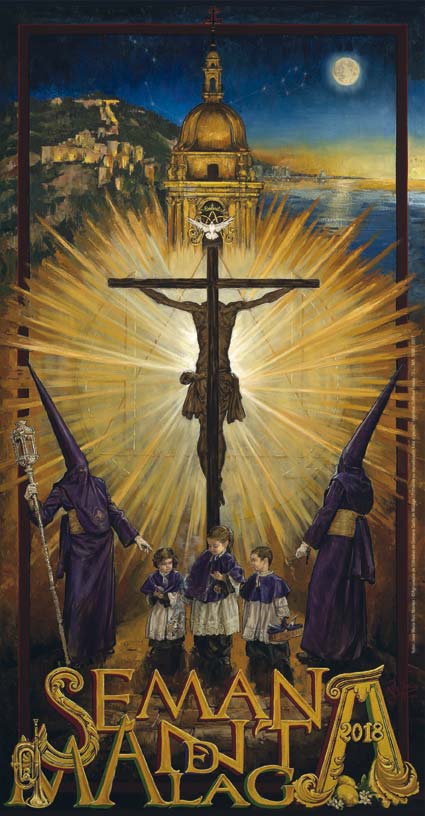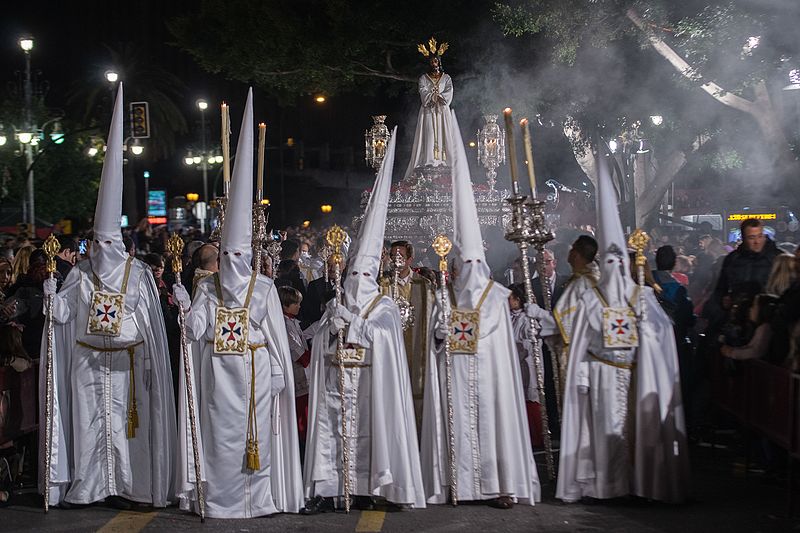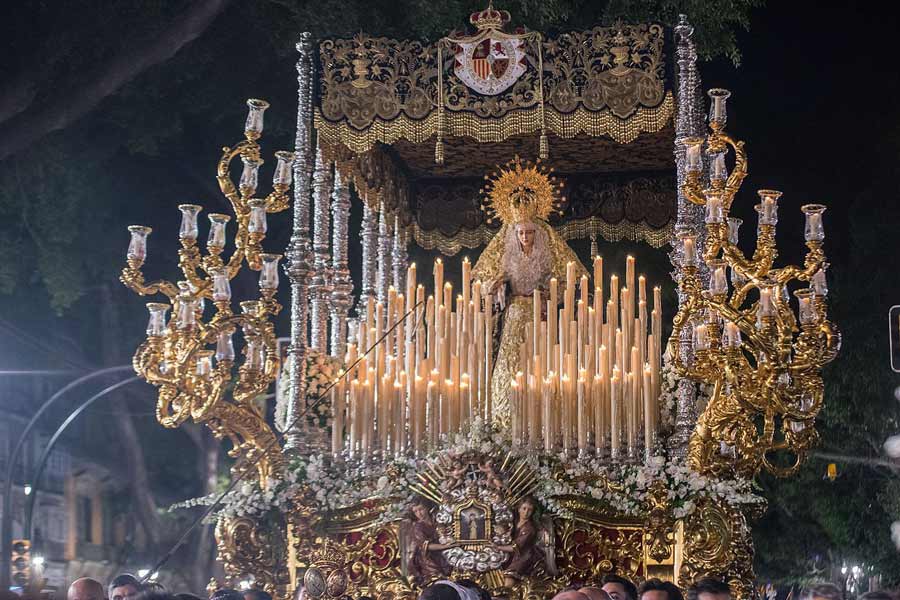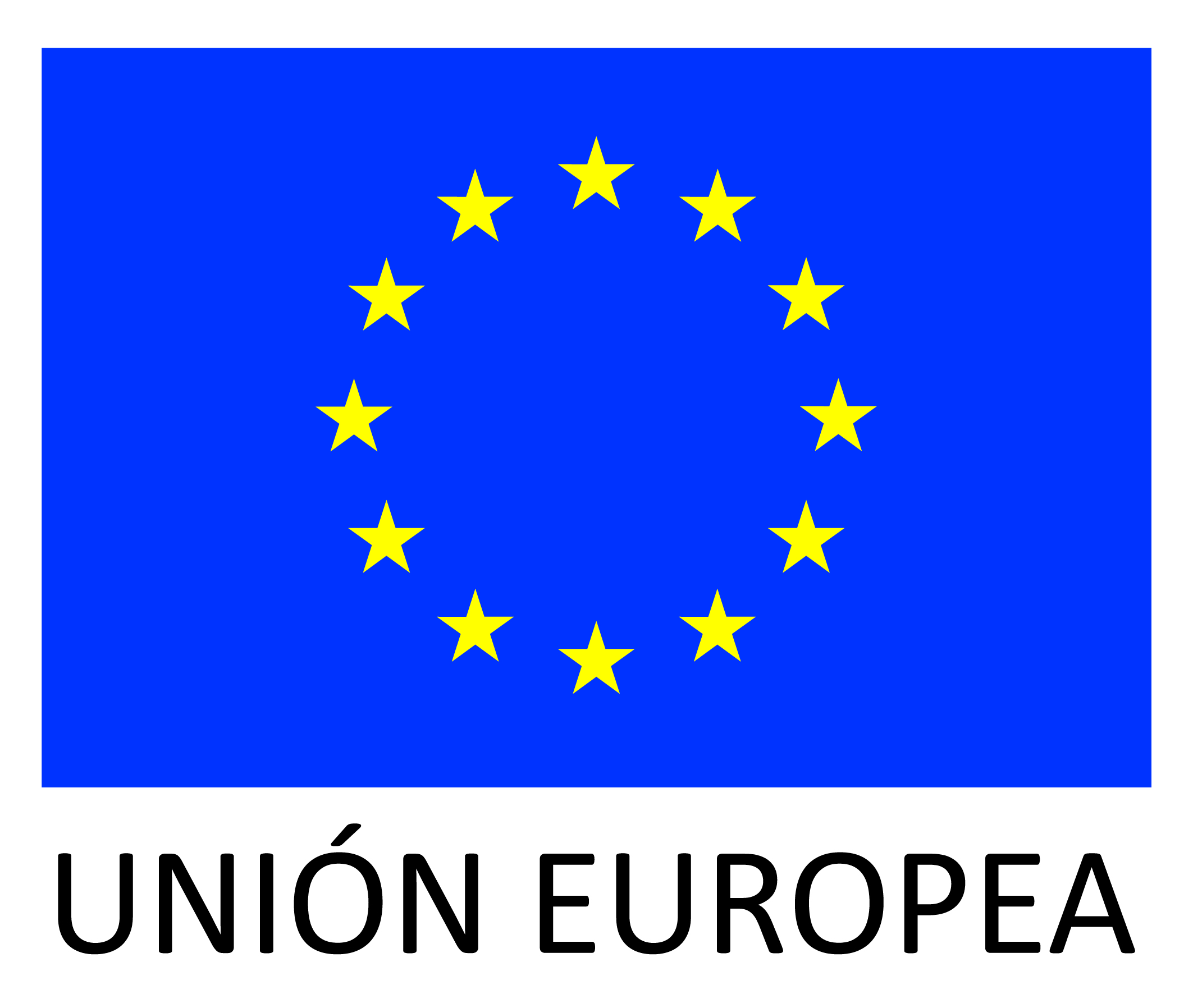10 essential moments of Holy Week in Malaga
If you come to Malaga during Holy Week, you may find it difficult to decide where to go or what to see. It’s normal: there are 6 days in which an average of 7 brotherhoods take to the streets to perform penitential acts. That’s why we want to give you a guideline: 10 essential moments of our Semana Grande. They are not the 10 best, as that is something that is left to each person’s criteria, but they are 10 of the most outstanding.

At the same time, society was grouped into organisations that grew together with the professional guilds. There are still traces of this, such as the Cofradía de Viñeros, but also Misericordia (the fishmongers), or Gitanos (whose original connection was with the blacksmiths’ guild, most of whom were gypsies).
After five centuries, Holy Week continues to be a social phenomenon of a religious nature, for those who organise and practise it, and of a touristic nature for those who visit the city in order to get to know and admire it. Before highlighting the ten moments of this great festival, we leave you a link with the itineraries of all the processions (at the end of the article you have the link for each day of the week). So you don’t miss them.
Índice
1. Cofradía Pollinica (at any point along the route)
The Cofradía de Jesús en su entrada a Jerusalén is popularly known as the Cofradía de la Pollinica, because the image of Jesus is carried on a donkey (an ancient name for a small donkey).
It is the procession that opens the week, one of the few that goes out and returns in broad daylight… and it is also the children’s procession.
It is a feast in the street to see so many children with palms, dressed as Hebrew and Pharaoh (with their faces uncovered). It really is a procession that has many elements that it does not share with the rest of the Semana Santa, so it is not to be missed.
2. Departure of “La Salud”
El Domingo de Ramos por la tarde podemos ir a la iglesia de San Pablo para ver la salida de la Cofradía de la Salud. La pequeña puerta del templo es lo que lo hace tan especial. Los portadores tienen que salir de rodillas, y con la imagen del Cristo, un crucificado, bajada hasta tocar los pies con la base del trono. Una vez que han salido, elevan la cruz hasta la altura normal.
A continuación sale el trono de la Virgen, a la que previamente se le han desmontado algunas piezas (ánforas…) y, de nuevo de rodillas, los portadores la sacan fuera del Templo.
3. Jesus Cautivo over the Aurora Bridge
Easter Monday brings us the first real hot spot of Holy Week: the procession of Jesús Cautivo. Known as the Lord of Malaga, he is not the official patron saint of the city, but he is the unofficial patron saint. He arouses a great deal of devotion, and several thousand Malagueños promise to accompany him on Easter Monday through the streets of Malaga in exchange for his miracles.
Any point along the route is a good place to see Jesús Cautivo, but there is one particularly spectacular spot: the passage over the Aurora Bridge. There, unprotected from the wind by the buildings, the Lord’s tunic waves with a certain magic that makes it seem as if Christ is walking on the bridge.
Important: as we have already said, there are thousands of people who come to see it, so we recommend that you allow plenty of time.
4. Students in Plaza del Obispo
The Cofradía de los Estudiantes (Student Brotherhood) is so called because of its links with this group, something that is evident in its relationship with the University of Malaga. And this relationship is reinforced every year with an event held in the Plaza del Obispo together with the Orfeón Universitario (University Choral Society). The Gaudeamus Igitur sounds in the throats of these young musicians in an intimate act that brings together hundreds of people (as many as the square can hold).
5. Las Penas for San Agustín
The mantle of the Virgen de las Penas was burnt in the 1940s, and the mayor of the time responded by putting the gardeners of the Town Hall at the service of the Brotherhood to make a mantle of flowers. Thus, the image was able to be carried in procession that year. But it was so well liked that it became a tradition, and every year this image goes out into the street with an ephemeral mantle of flowers made every year by these public workers.
But if there is a beautiful place to see the Cofradía de las Penas, it is undoubtedly Calle San Agustín, a very narrow and dimly lit street that crosses from the Cathedral to the Picasso Museum. It generates an atmosphere of devotion and recollection framed by the nearby walls of the buildings, and crowned with the cathedral tower in the background.
6. Exit of the Blood
The Brotherhood of the Blood is the oldest in Malaga, having in its possession a document dating back to 1502. Their house of brotherhood is in Dos Aceras, a sloping street that forces them to exit uphill, make a 90 degree manoeuvre almost without moving from the site to go downhill and turn towards Calle Carreteria. It is quite a complex manoeuvre that the stewards, foremen and bearers perform with mastery.
7. Encierro de Paloma
This brotherhood is so called because of a curious event that occurred in the past: a dove landed on the image of the Virgin and stayed there, very calmly, for the whole of the procession. This fortuitous event, together with the symbolism that the dove has for Christians, became a very popular tradition: releasing doves as the Virgin passes by. Especially on the official route (Alameda and Larios) the people attending the procession release these birds, many of which, in fact, perch on different parts of the throne.
But if there is something particularly complex in the procession of this brotherhood, it is the exit and the enclosure, as the Casa de Hermandad is located in a square that is hidden behind an alley, and the dimensions of the thrones do not allow them to exit through this alley.
For this reason, a few steps before leaving, the bearers have to lower the throne, and the executors loosen some parts to turn the flying buttresses and, thus, reduce their dimensions and facilitate the passage. Once they have passed through the alley, the flying buttresses are turned back to their original position.
8. Landing of the legion: a great spectacle at Easter
Maundy Thursday is characterised by the parade of the Legion, a military force belonging to the army, which attracts the attention of many people who travel to Malaga city even from other provinces. And although in the afternoon-evening it parades with the brotherhood, and you can hardly walk through the streets of the city because they are so crowded, the real highlight takes place in the morning at the port.
During the morning of Maundy Thursday the military stage the disembarkation with much paraphernalia and pomp in an event that concludes in the courtyard in front of the Brotherhood House of the brotherhood.
9. Running of the bulls of Chiquito (Misericordia)
At 3 a.m. another of the landmarks of Maundy Thursday takes place: the running of the bulls of the Misericordia brotherhood, whose image of Jesus is popularly known as “El Chiquito”. This is due to the fact that during the 1930s, when the events of the burning of the convents took place, the brotherhood lost its previous image. A new carving was commissioned from the sculptor Navas Parejo and, in the meantime, a small image was carried in procession, very similar to the previous carving, which was in a convent in Puerto de la Torre.
During the encierro, the brotherhood places its two thrones one in front of the other and the music bands play musical marches simultaneously while the thrones dance. Lastly, a military march called Retreta floreada is performed, which is played to order the soldiers to return to their barracks at night.
10. Good Friday in the Cathedral
Good Friday is the day of mourning. It is when, iconographically speaking, Christ has died. A day marked by silence and black. One place where you can see many brotherhoods without moving from the site is the Santa Iglesia Catedral, as there are three of them that make their penitential stations in the temple on this day.
Thus, at 21:00 the Archconfraternity of the Sorrows of Saint John makes its entrance; at 22:00 the Confraternity of Mount Calvary arrives, and at 22:55 it is the turn of the Confraternity of the Descent from the Cross.
10+1. Servitas
To round off the night of Good Friday, there is a Virgin not to be missed: the Third Order of Servants of Mary. On a very small base, a small Virgin with an illuminated halo of stars. The streets of Malaga are gradually lit up as this procession passes by, parading in rigorous mourning, with large candles and praying the rosary.










